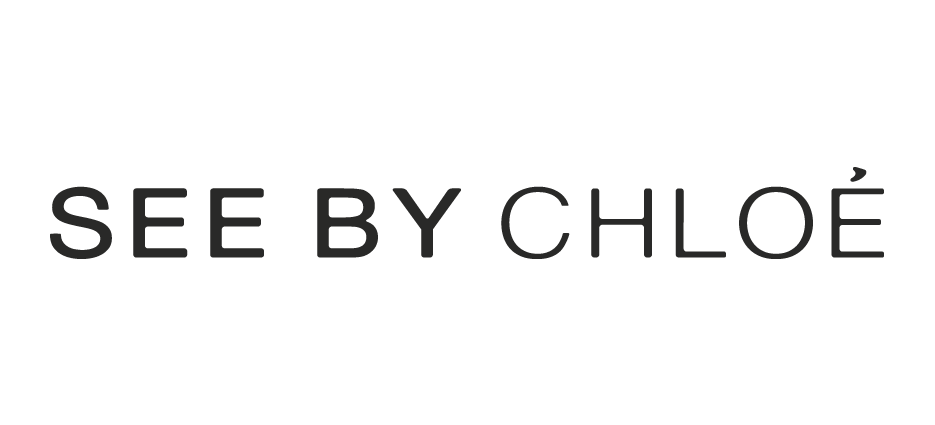Market segmentation is the process of dividing consumers into different categories based on distinguishing characteristics. The impetus behind market segmentation is that it helps retailers identify customers who are most likely to buy their products.
Top: Haute Couture
Haute Couture is at the top of the segment with the price of garments and products entering at £16,000 a piece.
Couture high class was founded during the 19th Century opening workshops in Paris. Haute Couture can only require the french ministry thereby only classified at Couture if the brand originates from Paris, releasing only two collections per year in January and July.
Charles-Frederick Worth was a fashion designer whose works were produced in Paris and is considered the Father of Haute Couture. Worth's designs are notable for his use of lavish fabrics and trimmings, his incorporation of elements of historic dress, and his attention to fit. While the designer still created one-of-a-kind pieces for his most important clients, he is especially known for preparing a variety of designs that were shown on live models at the House of Worth.
·
Luxury Fashion:
What is luxury?
- The high-quality and creative ready-to-wear is identified as a luxury symbol. It is from a business and brand placement point of view, addressed to a high consumer range
- Luxury is research, the chance to experience something new; to find new and not predictable, or, already seen solutions
- Experimentations are luxury
Luxury products are priced just high enough to feel part of the "elite market" entering at varied level prices, yet just priced below Haute Couture fashion. Luxury has only been around since 19th century, thereby recent to the fashion market. The luxury market is run by 3 main groups: LUMH, Kering and Richemont. The target audience is aimed at those who earn a high income, the majority earning over £100,000+ per year, of ages 35-54.
Bridge Brands:
Bridge brands challenge high-end luxury with products that are more available with regards to price and have an appeal to the new millennial market. It is the "bridge" between expensive and moderate prices within retail, positioning itself below luxury but above high street. The entry prices for Bridge brands are more reasonable, entering the market at £50+, targeting middle-class consumers, mostly ages 30+ who have a sophisticated taste in fashion earning a disposable income.
Brand Diffusion:
Brand diffusion is a range of relatively inexpensive ready-to-wear garments produced for the mass market by a fashion designer. The prices are controlled by a professional body by which the fashion house decides the price they want to retail their lines at, and mimic similar diffusion lines. The products are usually priced 30% less than their catwalk lines, entering the market at £40 - £400.
For example: Chloe jumper would cost £1015, compared to Chloe by Chloe at £255
Prada Trench coat: £1100, compared to Miu Miu: £750
Brand diffusion is bulk produced as the brand sells more variety than the original luxury brand, with more clothes, accessories, fragrances and shoe lines available. However, the original brand would not sell this as it devalues the rest of the brand.
With this, as high-end brands want to entice a new market, the diffusion lines enable them to gain a younger audience who, in future, could afford the higher end. Overall, by having a secondary line means more money and more press.
"Ultimately, they are businessmen, not artists".
High Street:
The age of the high street is a defining factor as most of these shops were popular in youth. Although this market is dying, most of the current customer are moving towards fast-fashion. The entry prices are influenced by the consumers life-style and financial situation, targeting those mostly age 45+ with a basic, simple style. The type of fashion for high-street is cheaper than designer clothing but of a higher quality than high-street, for example, Debenhams "J for Jasper Conran". Although it is not massively on trend, every collection contains a cat-walk element to it. Thereby with this, the entry price for a garment is roughly £10 for a basic white t-shirt.
With increasing numbers of online transactions, retailers with a strong web offering need only 70 high street stores to create a national presence in the market, compared to 250 shops in mid 2000s.
Economy:
Economy fashion is fast-fashion and is placed at the bottom of the hierarchy, within mass production. It is targeted for those who want on-trend garments at affordable prices, whereby consumers get value for money, mostly according to aesthetics. The point of economy clothing is for everyone, however different stores have a different target market. With this, the entry prices on average is £10 for jeens, or Topshop: £6 or "2 for £10" for basic tees. The collections for economy fashion is available within 2 weeks, creating up to 10,000 style per year. Example of economic conglomerates are Inditex, H&M AB and Arcadia.
"All economical fashion is fast fashion BUT not all fast fashion is economical".
























No comments:
Post a Comment